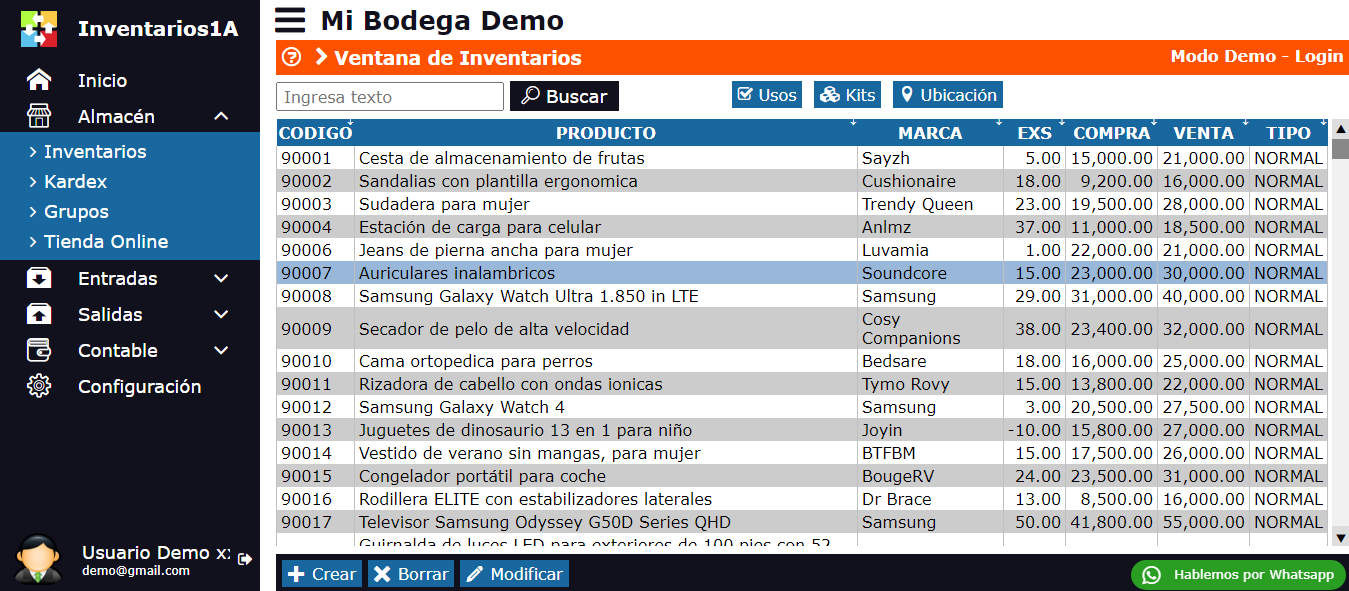Accounting Dictionary - Letter O

- Operating income: The income earned by a company from its normal business operations, excluding non-operating items such as interest and taxes.
- Operating expenses: The expenses incurred by a company in its normal business operations, such as salaries, rent, and utilities.
- Operating leverage: The use of fixed costs to increase operating income, often used in financial reporting and analysis.
- Operating margin: The ratio of operating income to operating revenue, often used in financial reporting and analysis.
- Operating profit: The profit earned by a company from its normal business operations, excluding non-operating items such as interest and taxes.
- Operating revenue: The revenue earned by a company from its normal business operations, excluding non-operating items such as interest and taxes.
- Opportunity cost: The cost of choosing one option over another, often used in financial reporting and analysis.
- Optimal capital structure: The mix of debt and equity that maximizes a company's value, often used in financial reporting and analysis.
- Ordinary shares: Common stock that represents ownership in a company, often used in financial reporting and analysis.
- Organizational chart: A diagram that shows the structure of a company, often used in financial reporting and analysis.
- Original cost: The initial cost of an asset or investment, often used in financial reporting and analysis.
- Other comprehensive income: Income that is not included in net income, often used in financial reporting and analysis.
- Other income: Income that is not earned from a company's normal business operations, often used in financial reporting and analysis.
- Other revenues: Revenues that are not earned from a company's normal business operations, often used in financial reporting and analysis.
- Outstanding shares: The number of shares of stock that are currently outstanding, often used in financial reporting and analysis.
- Owner's equity: The ownership interest in a company, often used in financial reporting and analysis.
- Owner's investment: The amount of money invested by the owner of a company, often used in financial reporting and analysis.
- Operating cash flow: The cash flow generated by a company's normal business operations, often used in financial reporting and analysis.
- Operating cycle: The time it takes for a company to sell its inventory, collect its accounts receivable, and pay its accounts payable, often used in financial reporting and analysis.
- Operating efficiency: The ability of a company to generate revenue and profit from its normal business operations, often used in financial reporting and analysis.
- Operating income margin: The ratio of operating income to operating revenue, often used in financial reporting and analysis.
- Operating leverage ratio: The ratio of fixed costs to variable costs, often used in financial reporting and analysis.
- Operating profit margin: The ratio of operating profit to operating revenue, often used in financial reporting and analysis.
- Operating revenue growth rate: The rate at which a company's operating revenue is growing, often used in financial reporting and analysis.
- Operating return on assets (ROA): The return on assets generated by a company's normal business operations, often used in financial reporting and analysis.
- Operating return on equity (ROE): The return on equity generated by a company's normal business operations, often used in financial reporting and analysis.
- Operating return on investment (ROI): The return on investment generated by a company's normal business operations, often used in financial reporting and analysis.
- Opportunity cost of capital: The cost of choosing one investment over another, often used in financial reporting and analysis.
- Optimal dividend policy: The dividend policy that maximizes a company's value, often used in financial reporting and analysis.
- Optimal financing mix: The mix of debt and equity that maximizes a company's value, often used in financial reporting and analysis.
- Optimal investment mix: The mix of investments that maximizes a company's value, often used in financial reporting and analysis.
- Optimal portfolio: The portfolio of investments that maximizes a company's value, often used in financial reporting and analysis.
- Optimal risk management: The management of risk that maximizes a company's value, often used in financial reporting and analysis.
- Optimal tax planning: The planning of taxes that minimizes a company's tax liability, often used in financial reporting and analysis.
- Ordinary annuity: An annuity that pays a fixed amount of money at regular intervals, often used in financial reporting and analysis.
- Ordinary interest: Interest that is calculated on the principal amount of a loan or investment, often used in financial reporting and analysis.
- Organizational structure: The structure of a company, often used in financial reporting and analysis.
- Original issue discount (OID): The discount on the face value of a bond or other debt instrument, often used in financial reporting and analysis.
- Other post-employment benefits (OPEB): Benefits that are provided to employees after they retire, often used in financial reporting and analysis.
- Other post-retirement benefits (OPRB): Benefits that are provided to employees after they retire, often used in financial reporting and analysis.
- Outstanding debt: The amount of debt that is currently outstanding, often used in financial reporting and analysis.
- Outstanding shares issued: The number of shares of stock that have been issued and are currently outstanding, often used in financial reporting and analysis.
- Owner's capital: The amount of money invested by the owner of a company, often used in financial reporting and analysis.
- Owner's drawing: The amount of money withdrawn by the owner of a company, often used in financial reporting and analysis.
- Owner's equity account: The account that represents the ownership interest in a company, often used in financial reporting and analysis.
- Owner's investment account: The account that represents the amount of money invested by the owner of a company, often used in financial reporting and analysis.
- Operating activities: The activities of a company that are related to its normal business operations, often used in financial reporting and analysis.
- Operating assets: The assets of a company that are related to its normal business operations, often used in financial reporting and analysis.
- Operating budget: The budget of a company that is related to its normal business operations, often used in financial reporting and analysis.
- Operating capacity: The ability of a company to produce goods or services, often used in financial reporting and analysis.
- Operating cash flow margin: The ratio of operating cash flow to operating revenue, often used in financial reporting and analysis.
- Operating cycle time: The time it takes for a company to sell its inventory, collect its accounts receivable, and pay its accounts payable, often used in financial reporting and analysis.
- Operating efficiency ratio: The ratio of operating income to operating revenue, often used in financial reporting and analysis.
- Operating expense ratio: The ratio of operating expenses to operating revenue, often used in financial reporting and analysis.
- Operating income ratio: The ratio of operating income to operating revenue, often used in financial reporting and analysis.
- Operating leverage analysis: The analysis of a company's operating leverage, often used in financial reporting and analysis.
- Operating margin analysis: The analysis of a company's operating margin, often used in financial reporting and analysis.
- Operating performance: The performance of a company's normal business operations, often used in financial reporting and analysis.
- Operating profit margin analysis: The analysis of a company's operating profit margin, often used in financial reporting and analysis.
- Operating revenue growth analysis: The analysis of a company's operating revenue growth, often used in financial reporting and analysis.
- Operating return on assets (ROA) analysis: The analysis of a company's operating return on assets, often used in financial reporting and analysis.
- Operating return on equity (ROE) analysis: The analysis of a company's operating return on equity, often used in financial reporting and analysis.
- Operating return on investment (ROI) analysis: The analysis of a company's operating return on investment, often used in financial reporting and analysis.
- Opportunity cost analysis: The analysis of the cost of choosing one option over another, often used in financial reporting and analysis.
- Optimal capital structure analysis: The analysis of a company's optimal capital structure, often used in financial reporting and analysis.
- Optimal dividend policy analysis: The analysis of a company's optimal dividend policy, often used in financial reporting and analysis.
- Optimal financing mix analysis: The analysis of a company's optimal financing mix, often used in financial reporting and analysis.
- Optimal investment mix analysis: The analysis of a company's optimal investment mix, often used in financial reporting and analysis.
- Optimal portfolio analysis: The analysis of a company's optimal portfolio, often used in financial reporting and analysis.
- Optimal risk management analysis: The analysis of a company's optimal risk management, often used in financial reporting and analysis.
- Optimal tax planning analysis: The analysis of a company's optimal tax planning, often used in financial reporting and analysis.





